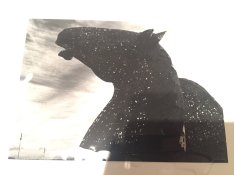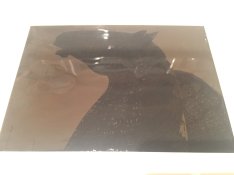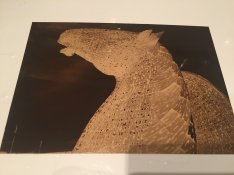DavidJRobertson
Member
I was playing about with some sepia toner for the first time and had a lightbulb moment. Not sure if this has been documented before but it's possible to use the sepia toner (in the reverse order - redeveloper before bleach) to do reversal processing:
I mixed my sepia toner according to formula #144 "Formulary Thiourea Toner" in The Darkroom Cookbook, Steve Anchell - though I would expect any two-bath sepia toner to work.
- Expose paper
- Develop to completion
- Stop bath (probably not essential, but I did it anyway)
- Rinse
- Sepia toner redevelopment bath
- Rinse
- Sepia toner bleach bath
- Rinse
- Fix
- Rinse
I mixed my sepia toner according to formula #144 "Formulary Thiourea Toner" in The Darkroom Cookbook, Steve Anchell - though I would expect any two-bath sepia toner to work.















